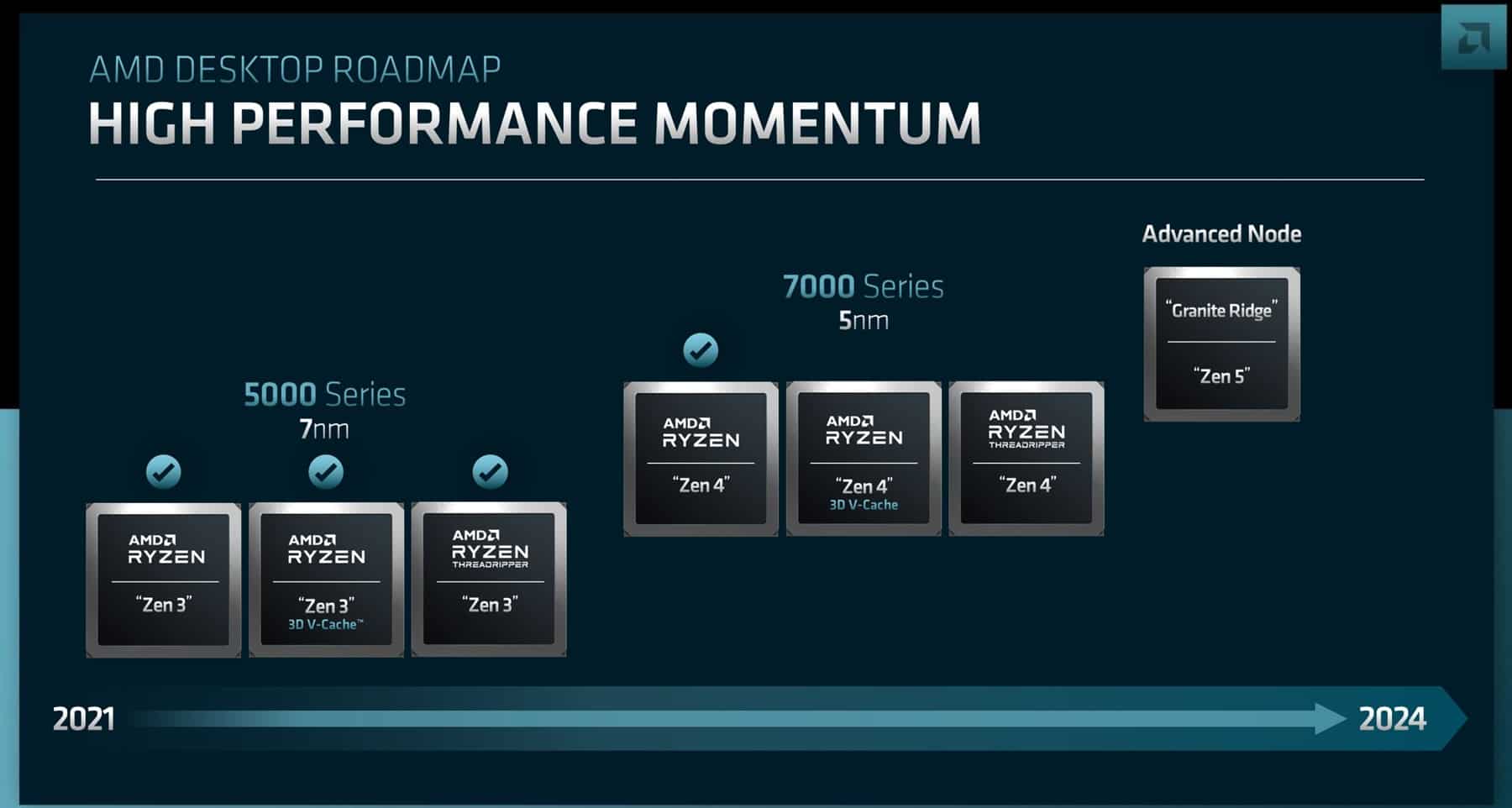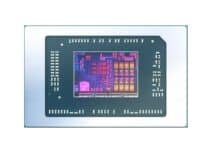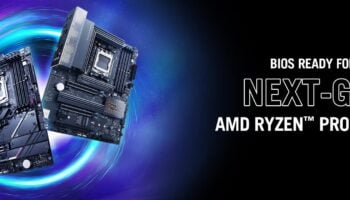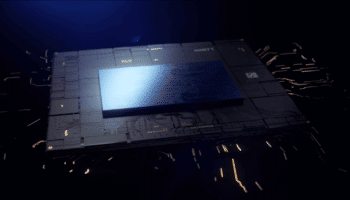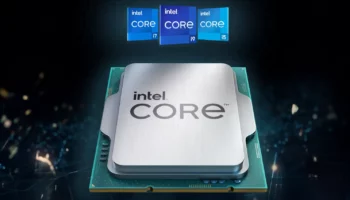Intel has worked hard to improve its roadmap execution in the last 12 months. Following Meteor Lake’s timely launch last year, we eagerly await the 15th Gen Arrow and Lunar Lake processors. Of course, AMD isn’t taking a nap in the meantime with multiple next-gen launches expected in the coming months. The Zen 5 family is scheduled to land this fall, a few months ahead of Intel’s Arrow Lake offerings.
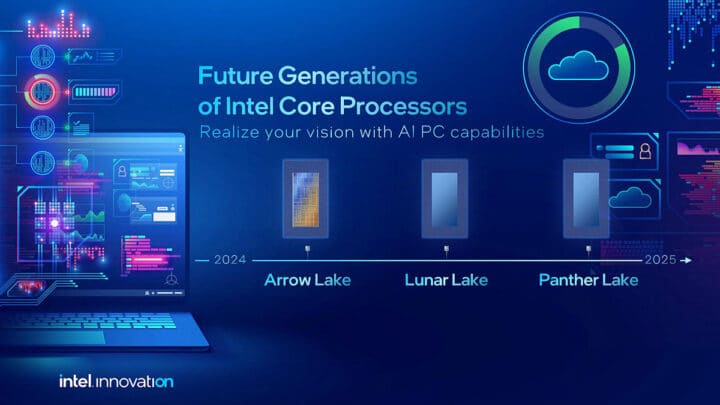
The Ryzen 9000 processors (Granite Ridge) will focus on single-threaded performance, courtesy of a wider core frontend and backend. Fabbed on the TSMC 4nm (N4) process node, it’ll feature up to 16 cores across two octa-core CCDs similar in structure to Zen 4.
Intel’s Arrow Lake processors will boast upgraded core architectures and process nodes. The P-cores will leverage Lion Cove, while the E-cores will be based on the Skymont architecture. Contrary to initial claims, most of these CPUs will be fabbed on the TSMC 3nm (N3B) process, giving them a whole node advantage over their Zen 5 rivals.
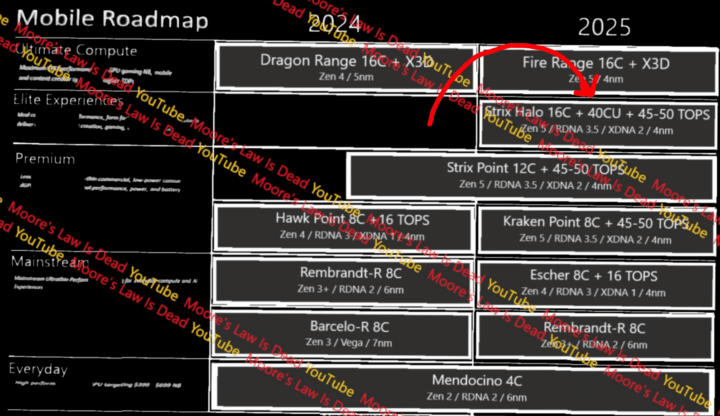
In the notebook segment, Intel will adopt a two-pronged approach consisting of Arrow Lake-P and Lunar Lake. While the former is similar to Arrow Lake-S featuring upgraded core architectures on a TSMC node, Lunar Lake will be technologically superior. Its CPU tile will be fabbed on the Intel 18A node (possibly) with 3D stacked on-die memory similar to Lakefield. Panther Lake will land in the second half of 2025 with upgraded core architectures on the same node.
AMD has several Zen 5 mobility lineups planned for 2024 and 25. These include Kraken Point, Strix Point, Strix Halo, and Fire Range. They’ll feature the RDNA 3.5 graphics architecture and be fabbed on TSMC’s 4nm process. Strix and Kraken Point squeeze in a few Zen 5c cores on a monolithic die, Halo and Fire Range will consist of two Zen 5 CCDs. There’s also Escher, a Zen 4-based lineup for budget and low-end notebooks.
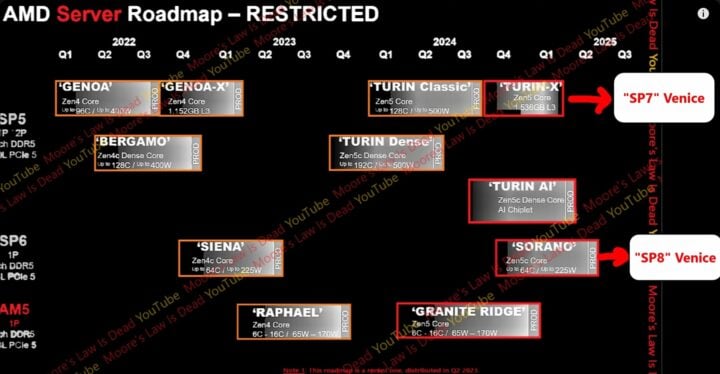
AMD is preparing five lineups based on Zen 5 and Zen 5c for the server and data center markets. Turin Classic will launch in Q3 or Q4 2024 with up to 128 Zen 5 cores. Around the same time, Turin Dense will mark its arrival with up to 192 cores for the cloud segment. Turin-X, the 3D V-Cache variant of Zen 5 with up to 1.538GB of L3 cache is planned for the last quarter of 2024 or early 2025.
Turin AI is another Zen 5c design featuring an AI chiplet to accelerate AI workloads. It is expected to land alongside Sorano (Zen 5c with 64 cores and 225W TDP) in the first half of 2025. Turin and its derivatives are expected to leverage TSMC’s 3nm node.
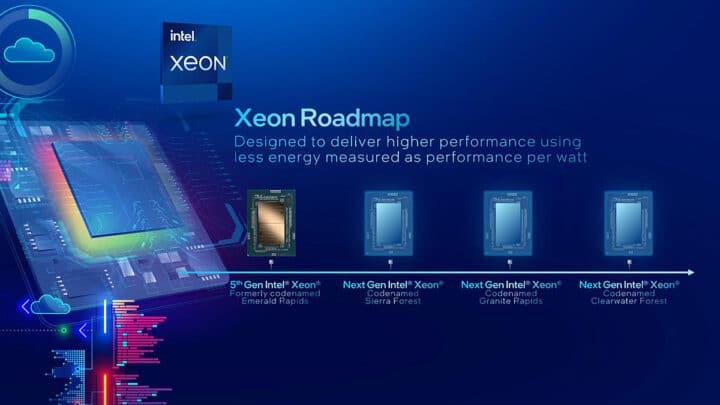
Intel’s Xeon roadmap is less impressive. Sierra Forest will be the first to launch sometime in the coming months. It’ll feature up to 288 cores based on the “Sierra Glen” E-core architecture with multiple CPU and I/O chiplets. The compute tiles will be fabbed on the Intel 3 process, while the I/O tiles will leverage Intel 7.
Granite Rapids will succeed Emerald Rapids in Q4 2024. It’ll feature the “Redwood Cove” P-core architecture with up to 64 cores across multiple dies. Granite will be the first lineup to adopt the AVX 10.1 ISA with expanded AVX512 capabilities. Clearwater Forest is next in line with a launch target of mid-to-late 2025. It’ll feature up to 288 “Darkmont” E-cores across multiple 18A compute tiles, succeeding Sierra Forest in the cloud market.
Further reading:
Dragon’s Dogma 2 Performance Guide – PC Optimized Settings